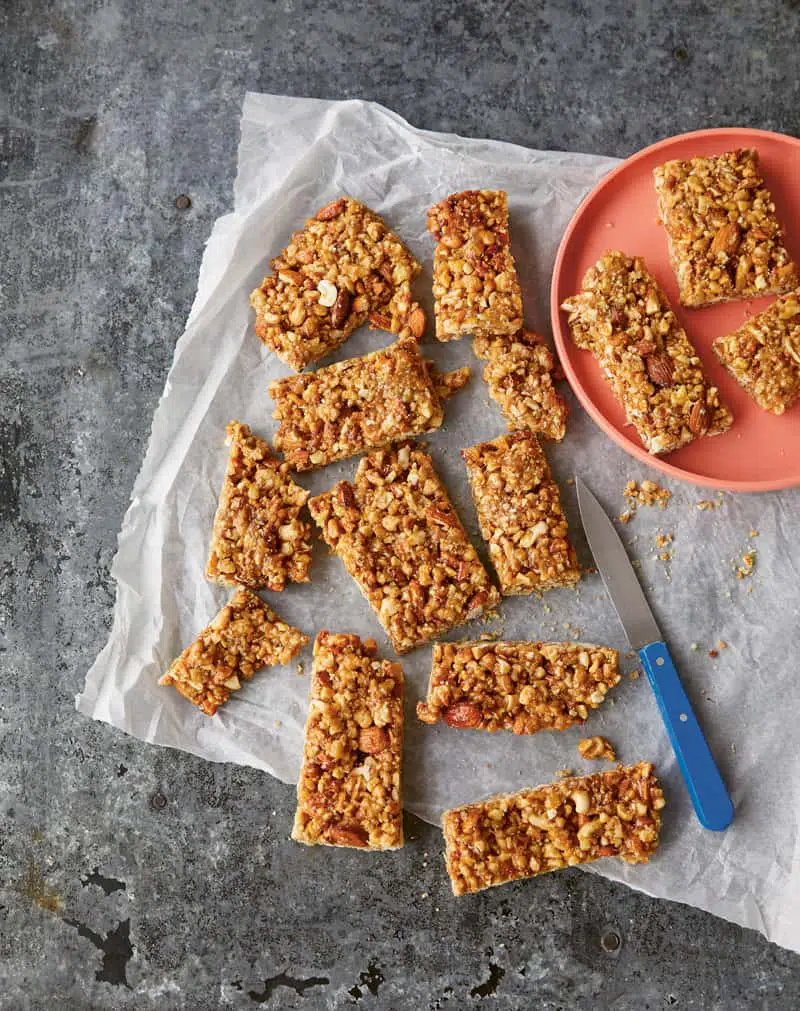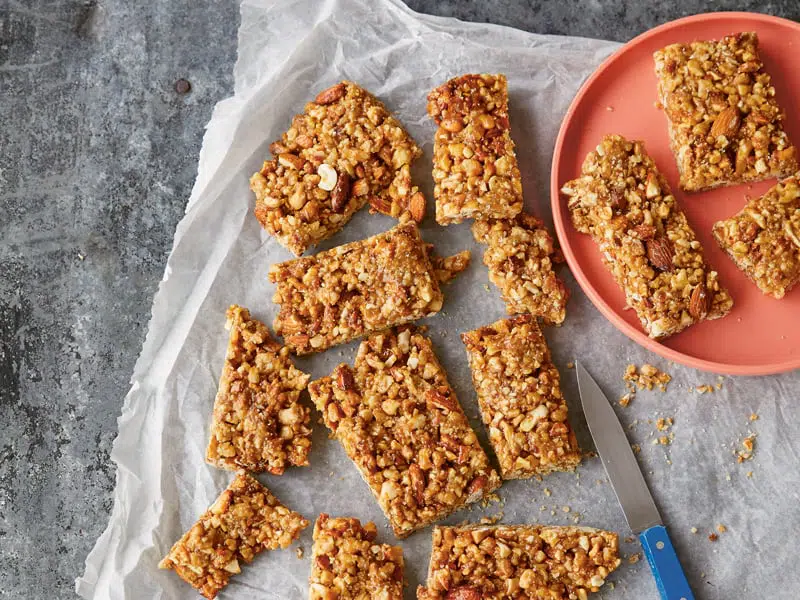I’m not sure if you know, but in my ‘real life’ I’ve been a writer at SBS Food for over four years. I know, right? I some of the content that supports the foodie shows like Cook Like an Italian, The Cook Up with Adam Liaw and Gourmet Farmer (among many other beautiful programs). And, yes, it’s the best job ever.
One of the things I love so much about it writing for SBS Food is the diversity of food culture that I’ve been introduced to. It’s made me a more adventurous cook, bringing food from all over the world to our family table. We’ve experimented with everything from Albanian to Zambian and all the Turkish, Greek, Moroccan, Swedish, Serbian, Ethiopian, Mexican, Polish, German, French and more in between. More than amazing food, all of the recipes we’ve tried have been flavoured by family stories that mark generations of shared tables. I’m so happy to be part of that.
Taste Tibet is all that and more
So when this beautiful book landed in my inbox, I knew I had to try some of the recipes for myself. I mean, the cover alone would make me want to own Taste Tibet, let alone the food. Just look at this book!
The food, though. Oh my, the food. In some ways, many of the recipes will feel familiar, like a riff on a favourite tune. Breads, stews, dumplings and teas all feature, but not quite as you know them.
Take this beautiful honey nut granola bars recipe. You’d be forgiven for thinking they’ll taste the same as all the other muesli/ granola bars you’ve made (which is lots, right!?). But you’d be wrong. The addition of walnuts and coconut (or tsampa, if you can get your hands on Tibet’s traditional roasted barley flour from a specialty store) make them unique in flavour, texture and moreishness.
These bars are made on special occasions in Tibet, but go ahead and make them today, just because. They will turn any afternoon into a small celebration.
No-bake honey nut granola bars

Taste Tibet by Julie Kleeman and Yeshi Jampa
Makes 6–8
Takes 20 mins
In Tibet, these are made for weddings and other special occasions. Walnuts are always used, as they are plentiful and grown locally. Grains such as roasted barley and wheat are usually included, and hemp seeds often make their way in too, so do feel free to add some if you have them. Recent analysis of ancient pollen suggests that cannabis may have evolved on the Tibetan Plateau. It has certainly been cultivated and used there for centuries. Yeshi tells me that he often came across it in Tibet, but until he left he had no idea of its uses beyond food and manufacturing.
300 g (10½ oz) walnuts
150 g (5½ oz) cashews
150 g (5½ oz) almonds
50 g (1/3 cup) sesame seeds
Coconut powder or tsampa (roasted barley flour – see notes), for sprinkling
200 g (7 oz) caster (superfine) sugar
100 g (3½ oz) runny honey
Using a pestle and mortar, crush the walnuts, cashews and almonds in batches, transferring them to a bowl as you go. (You could also put the nuts inside a zip-lock food bag and roll over them with a rolling pin, if you prefer.) Add the sesame seeds to the bowl and mix well.
Line a baking tray with baking paper and sprinkle over some coconut powder or tsampa – just enough to cover the base.
Place a large saucepan over a low heat and add the sugar and honey. Stir well with a wooden spoon for several minutes until the mixture starts to bubble. Now add all the nuts and stir everything through gently but thoroughly for a couple of minutes.
Empty the mixture onto the baking tray and press it down gently with the wooden spoon. Make sure you get into all the corners and make it as even as possible in the tray.
Cover with a sheet of baking paper and use your hands to press it down onto the surface. Leave to cool and set for about an hour, then cut into small pieces to serve.
Notes
You can buy coconut powder in specialty food stores (especially Indian specialty stores). It’s basically dried coconut turned into a powder. If you’re super keen, you can make your own (instructions here).
You can buy tsampa (Tibet’s signature roasted barley flour) from specialty food stores. Or substitute any barley flour (or coconut, as above).
If you can’t find coconut powder or tsampa, either substitute desiccated coconut or leave off altogether.
Images and recipe text from Taste Tibet by Julie Kleeman and Yeshi Jampa, photography by Ola O. Smith. Murdoch Books RRP $49.99.


